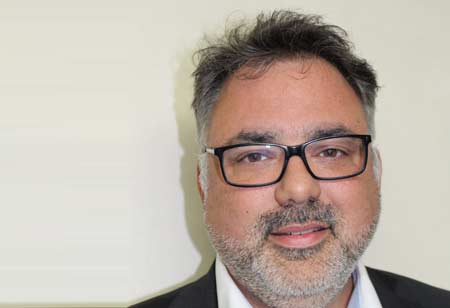Thank you for Subscribing to Healthcare Business Review Weekly Brief

Obstacles to Clinical Leadership in a Post-COVID NHS
Healthcare Business Review
The backbone of UK healthcare—the National Health Service (‘NHS’)—is funded from central taxation, free at the point of delivery. This underpins a need for cost-effectiveness on a population level while protecting the quality of care. We need to be cost-efficient, but not ‘cheap’ – there is plenty of evidence that the most cost-effective way to treat someone is do it right the first time.
It has long been shown that good leadership, particularly good ‘clinical leadership,’ helps with this and also associated with better outcomes.
But how do we do that? With the NHS in a ‘perfect storm’ of increasing demand, a backlog of untreated patients, and an exhausted, demoralised workforce, how can we best engender and develop our clinical leaders in this post-pandemic world?
I suggest it falls to four main points of focus. If these are agreed, then local, regional, and national strategies can be devised around real strategies to address them, underpinned by aligned policy, with concrete actions to enable progress and support cultural change.
1. Empowering Clinical Leaders. It is axiomatic that we want our leaders to be capable of making the changes needed to improve things…but so often we let our systems get in the way of this. Bureaucracy can prevent agile decision making and rapid change, and this can disengage otherwise enthusiastic clinicians. Organisational culture and resistance to change often play a role too. Lack of resources - investing now to reap rewards in the future - is a perennial issue in a cash-strapped service: however good an idea is, you can’t fund it with money.
These obstacles were best illustrated by the pandemic itself. The absence of systems to deal with the crisis, or established ways of working that could be applied to it, allowed change that normally takes decades to be affected in days or weeks, with agile and clinically-led decision-making. What was obvious also was the lack of financial constraint—the loosening of purse-strings meant things previously financially impossible were readily funded; there were many things we couldn’t have, but immediate funding wasn’t one of them.
2. Innovation. This disruption of normal processes and the need for new ones allowed for significant innovation during the pandemic. From converting scuba masks into respirators to ‘virtual’ consultations with patients over the internet, change was rampant. Staff leading those changes were encouraged to try out their best ideas and most importantly allowed to fail.
It is hard to see how that pace of change can be maintained in more normal times, but I fear we will be worse for the loss of it.
3. Collaboration. Waste of time, effort, money - occurs most at the interfaces of different services. If we can get services – and particularly clinicians - to work more synergistically, then much of that ‘friction’ can be reduced. Collaboration - today’s ‘mot juste,’ it seems—on its own isn’t the answer to anything. But a lack of collaboration will frustrate almost everything. It facilitates innovation, can reduce waste and inefficiency, and maintain the services while doing so. But, while collaboration will enable new leaders to flourish in new models of care, it also takes leadership to get there.
4. Restoration and Reconstitution. Clinical services were savaged by the physical and psychological impacts of the pandemic, in ways few of our staff were trained to deal with. Like a military unit extracting from a protracted battle, to make it an effective unit again requires multiple processes of restoration, recovery, repair, and reconstitution.
Often that means more than just giving time, space, and resources to services allow them to recover, but actively wrapping support around these services - some were so damaged that they cannot simply ‘heal themselves’ and the effects of this are still playing out.
From converting scuba masks into respirators to ‘virtual’ consultations with patients over the internet, change was rampant
This needs time and space to recover, resources and reinforcements to replace what was lost—sometimes works at odds with the other, legitimate need to double down on productivity to treat those patients whose conditions went untreated during the pandemic, and the backlogs that ensued. But we will struggle to develop leaders until the ‘wounds are dressed’ and there are teams in a state to be led.
Balancing the application of resources to treating the next patient vs supporting the staff is not easy. But we should remember that, in some ways, the primary role of a clinical leader is to look after their staff, so the staff can look after the patients.
This isn’t a plan or even a diagnosis – but I think they are important concepts to address if we are to capitalise on the clinical leadership we have and develop and engage the leaders of the future.
And this is our job. As Ralph Nader once said, ““…the function of leadership is to produce more leaders, not more followers”.
We can keep encouraging each other to do more or do better, but nothing will change if nothing changes.









